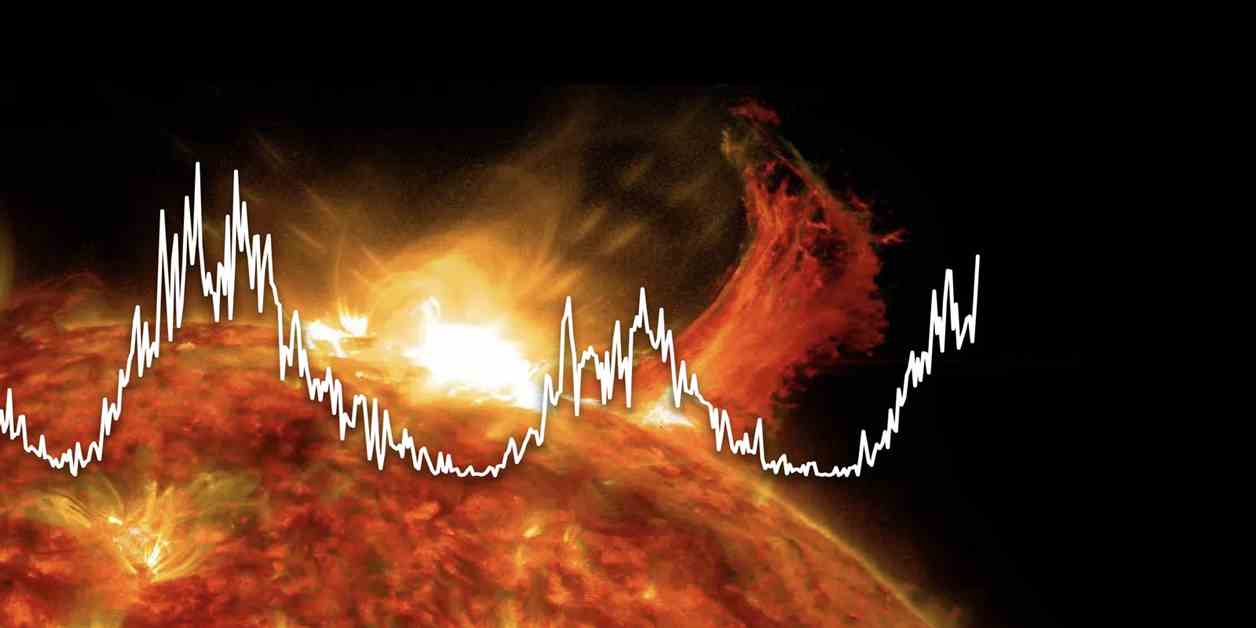The sun has been making headlines lately with its solar flares, sunspots, and the stunning aurora borealis. This is all part of the sun’s 11-year cycle, which shifts between periods of high solar activity known as “solar maximums” and quieter times called “solar minimums.” Currently, we are heading towards the solar maximum, with solar activity peaking in the middle of 2024.
During an active phase, the sun produces more sunspots, which are dark areas on its surface. It also releases solar flares and coronal mass ejections that can lead to geomagnetic storms and create auroras on Earth. This year, May has seen a high level of activity in the sun’s Solar Cycle 25, with NASA capturing the strongest solar flare on May 27, 2024.
NASA explains that the sun’s magnetic field undergoes a complete reversal every 11 years. This means that the sun’s north and south poles switch places, a process that takes around 11 years to complete. Scientists predict that the sun is currently in the process of reversing its polarity in the Northern Hemisphere, with the change expected to occur between June and November, with August as the median time. This reversal is likely to bring more magnetic energy to Earth’s atmosphere, leading to more spectacular displays of the northern lights.
In the Southern Hemisphere, a polarity reversal is projected to take place between November 2024 and August 2025, with January 2025 as the median time, according to a study by Cornell University. This means that skywatchers in both hemispheres can look forward to enhanced auroras in the coming months.
Overall, the sun’s activity is a fascinating phenomenon that not only affects our planet but also creates stunning displays in the night sky. As we move towards the solar maximum, we can expect more impressive solar flares, sunspots, and auroras to light up the sky, providing skywatchers with plenty of opportunities to witness the beauty of our solar system in action.

